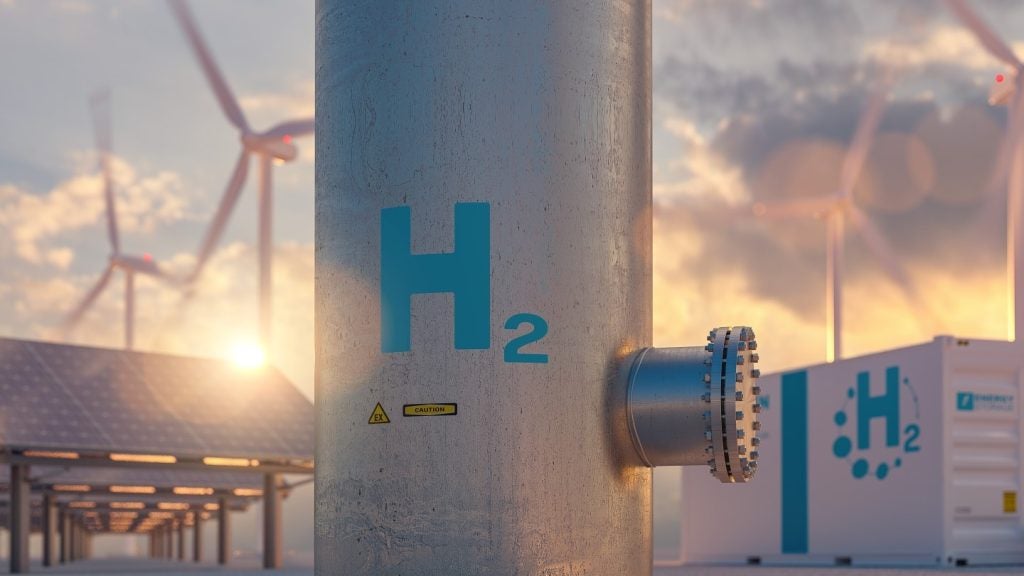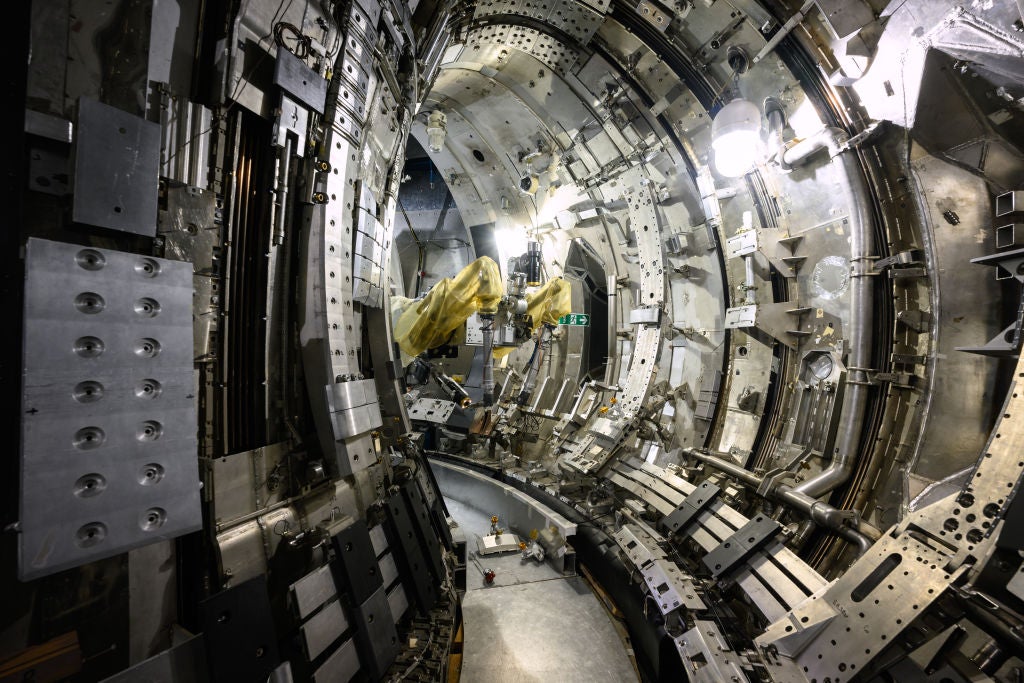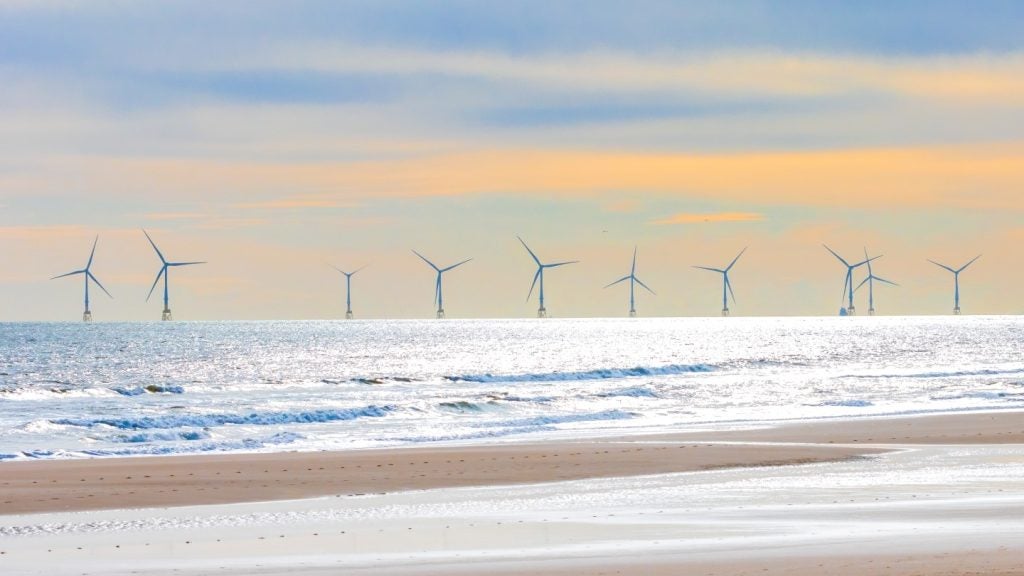Kinzua Pumped-Storage is a 451MW hydro power project. It is located on Allegheny river/basin in Pennsylvania, the US. The project is currently active. It has been developed in single phase. The project construction commenced in 1966 and subsequently entered into commercial operation in 1970.
| Project Type | Total Capacity (MW) | Active Capacity (MW) | Pipeline Capacity (MW) | Project Status | Project Location | Project Developer | Hydropower | 451 | 451 | – | Active | Pennsylvania, the US | Cleveland Electric; Pennsylvania Electric |
|---|
Description
The project was developed by Cleveland Electric and Pennsylvania Electric. The project is currently owned by LS Power Equity Partners.
Kinzua Pumped-Storage is a pumped storage project. The gross head of the project is 232m. Kinzua Pumped-Storage underwent through rehabilitation & modernization during 1971, 1977, 1981, 1985, 1991, 1992, 2006, 2007.
Development Status
The project construction commenced in 1966 and subsequently entered into commercial operation in 1970.
How well do you really know your competitors?
Access the most comprehensive Company Profiles on the market, powered by GlobalData. Save hours of research. Gain competitive edge.

Thank you!
Your download email will arrive shortly
Not ready to buy yet? Download a free sample
We are confident about the unique quality of our Company Profiles. However, we want you to make the most beneficial decision for your business, so we offer a free sample that you can download by submitting the below form
By GlobalDataContractors Involved
The turbines for the hydro power project have been supplied by Andritz Hydro and Newport News Industrial.
Westinghouse Electric supplied 2 electric generators for the project.
Westinghouse Electric supplied 1 electric generator for the project. The generator capacity is 29 MVA.
NAES is the O&M contractor for the hydro power project.
See Also:
About Cleveland Electric
Cleveland Electric Company (Cleveland Electric) is a specialty contractor. The company offers services such as pre-construction services, prefabrication, electrical construction, technology systems, electrical service and testing, and mechanical construction. Its pre-construction services comprise design-build and design-assist services, building information modeling, and installation drawings. Cleveland Electric’s technology systems include voice and data cabling, fiber optic cabling, audio and visual, CCTV, access control, DAS, and Wi-Fi. It offers services in the areas of electrical, voice and data, mechanical and process piping. Its projects include High Museum of Art, Mercedes Benz Stadium, Hjaia New International Terminal, Federal Reserve Bank Of Atlanta, among others. Cleveland Electric is headquartered in Atlanta, Georgia, the US.
About Pennsylvania Electric
Pennsylvania Electric Company (Penelec), a subsidiary of FirstEnergy Corp. is an energy consulting firm that supplies power to residential and commercial electricity customers. The company offers landscape lighting, post lamps, security lighting, electrical services, professional tree service, electrical, plumbing, heating and cooling, surge protection, and disaster protection plan, among others. It mainly receives power from Champion Energy Services. Penelec’s service request includes start service, stop service, report tree problem and request electrical work. The company provides home services in the areas of energy, communications, and insurance, and others. PEC is headquartered in Akron, Ohio, the US.
Methodology
All power projects included in this report are drawn from GlobalData’s Power Intelligence Center. The information regarding the project parameters is sourced through secondary information sources such as electric utilities, equipment manufacturers, developers, project proponent’s – news, deals and financial reporting, regulatory body, associations, government planning reports and publications. Wherever needed the information is further validated through primary from various stakeholders across the power value chain and professionals from leading players within the power sector.







